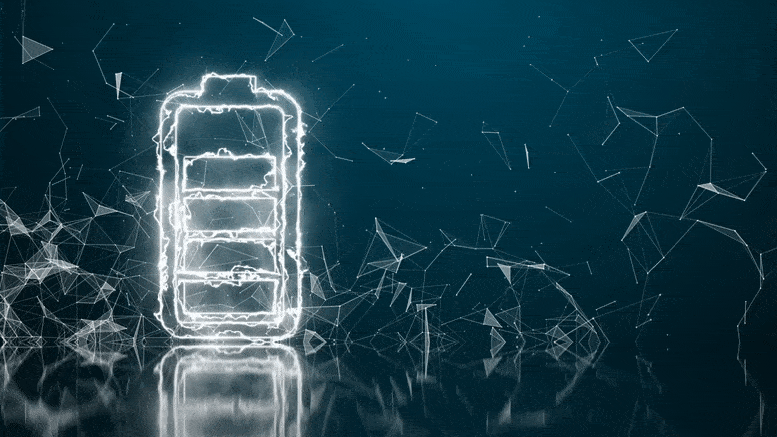
A new machine learning algorithm allows researchers to explore possible designs for the microstructure of fuel cells and lithium-ion batteries, before running 3D simulations that help researchers make changes to improve performance.
Improvements could include making smartphones charge faster, increasing the time between charges for electric vehicles, and increasing the power of hydrogen fuel cells running data centers.
The paper is published today (June 25, 2020) in npj Computational Materials.
Fuel cells use clean hydrogen fuel, which can be generated by wind and solar energy, to produce heat and electricity, and lithium-ion batteries, like those found in smartphones, laptops, and electric cars, are a popular type of energy storage. The performance of both is closely related to their microstructure: how the pores (holes) inside their electrodes are shaped and arranged can affect how much power fuel cells can generate, and how quickly batteries charge and discharge.
However, because the micrometer-scale pores are so small, their specific shapes and sizes can be difficult to study at a high enough resolution to relate them to overall cell performance.
Now, Imperial researchers have applied machine learning techniques to help them explore these pores virtually and run 3D simulations to predict cell performance based on their microstructure.
The researchers used a novel machine learning technique called “deep convolutional generative adversarial networks” (DC-GANs). These algorithms can learn to generate 3D image data of the microstructure based on training data obtained from nano-scale imaging performed synchrotrons (a kind of particle accelerator the size of a football stadium).
Lead author Andrea Gayon-Lombardo, of Imperial’s Department of Earth Science and Engineering, said: “Our technique is helping us zoom right in on batteries and cells to see which properties affect overall performance. Developing image-based machine learning techniques like this could unlock new ways of analyzing images at this scale.”
When running 3D simulations to predict cell performance, researchers need a large enough volume of data to be considered statistically representative of the whole cell. It is currently difficult to obtain large volumes of microstructural image data at the required resolution.
However, the authors found they could train their code to generate either much larger datasets that have all the same properties, or deliberately generate structures that models suggest would result in better-performing batteries.
Project supervisor Dr. Sam Cooper, of Imperial’s Dyson School of Design Engineering, said: “Our team’s findings will help researchers from the energy community to design and manufacture optimized electrodes for improved cell performance. It’s an exciting time for both the energy storage and machine learning communities, so we’re delighted to be exploring the interface of these two disciplines.”
By constraining their algorithm to only produce results that are currently feasible to manufacture, the researchers hope to apply their technique to manufacturing to designing optimized electrodes for next-generation cells.
Reference: “Pores for thought: generative adversarial networks for stochastic reconstruction of 3D multi-phase electrode microstructures with periodic boundaries” by Andrea Gayon-Lombardo, Lukas Mosser, Nigel P. Brandon and Samuel J. Cooper, 25 June 2020, npj Computational Materials.
DOI: 10.1038/s41524-020-0340-7
Never miss a breakthrough: Join the SciTechDaily newsletter.